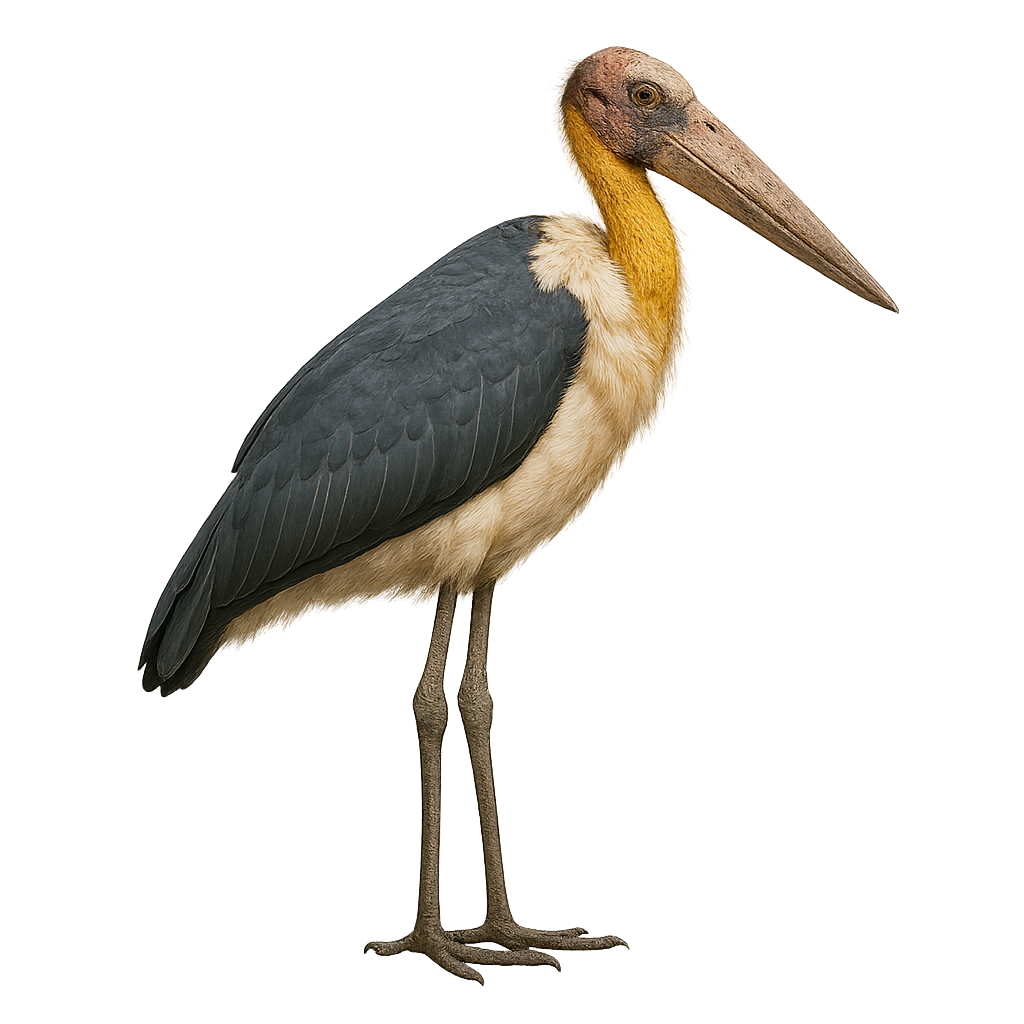Your wildlife photography guide.
Explore the lesser adjutant in detail, study its behavior, prepare your shots.
Where to observe and photograph the lesser adjutant in the wild
Learn where and when to spot the lesser adjutant in the wild, how to identify the species based on distinctive features, and what natural environments it inhabits. The WildlifePhotographer app offers tailored photography tips that reflect the lesser adjutant’s behavior, helping you capture better wildlife images. Explore the full species profile for key information including description, habitat, active periods, and approach techniques.
Lesser Adjutant
Scientific name: Leptoptilos javanicus

IUCN Status: Near Threatened
Family: CICONIIDAE
Group: Birds
Sensitivity to human approach: Suspicious
Minimum approach distance: 50 m
Courtship display: November to March
Incubation: 28-30 jours
Hatchings: November to April
Habitat:
coastal and inland wetlands, riparian forests
Activity period :
Primarily active during the day, with peak activity in the morning and late afternoon.
Identification and description:
The lesser adjutant (Leptoptilos javanicus) is a large stork standing 110–120 cm tall with a 210 cm wingspan, exhibiting black upperparts and wings contrasted by a white belly and tail-underparts, and a bare pale gray head and neck. It inhabits coastal and inland wetlands of Southeast Asia, including mangroves, estuaries, flooded rice fields, and riparian forests. Feeding on amphibians, large invertebrates, and carrion, it forages by wading and probing with its long bill. Colonial breeder, it performs bill-clattering and neck-arching displays during nesting (February 1–May 31). Pairs lay 2–4 eggs, incubated 28–30 days, with chicks hatching March 1–June 30.
Recommended lens:
400 mm – adjust based on distance, desired framing (portrait or habitat), and approach conditions.
Photography tips:
Position a low hide beside shallow water margins at low tide to capture foraging lesser adjutants. Employ a 400–600 mm telephoto lens on a monopod or gimbal for stability. Shoot in shutter-priority at 1/2000 s and aperture f/8 for sharp focus and depth. Capture in RAW and anticipate bill-clattering and neck-arching displays for action shots.
The WildlifePhotographer App is coming soon!
Be the first to explore the best nature spots, track rutting seasons, log your observations, and observe more wildlife.
Already 1 449 wildlife lovers subscribed worldwide

